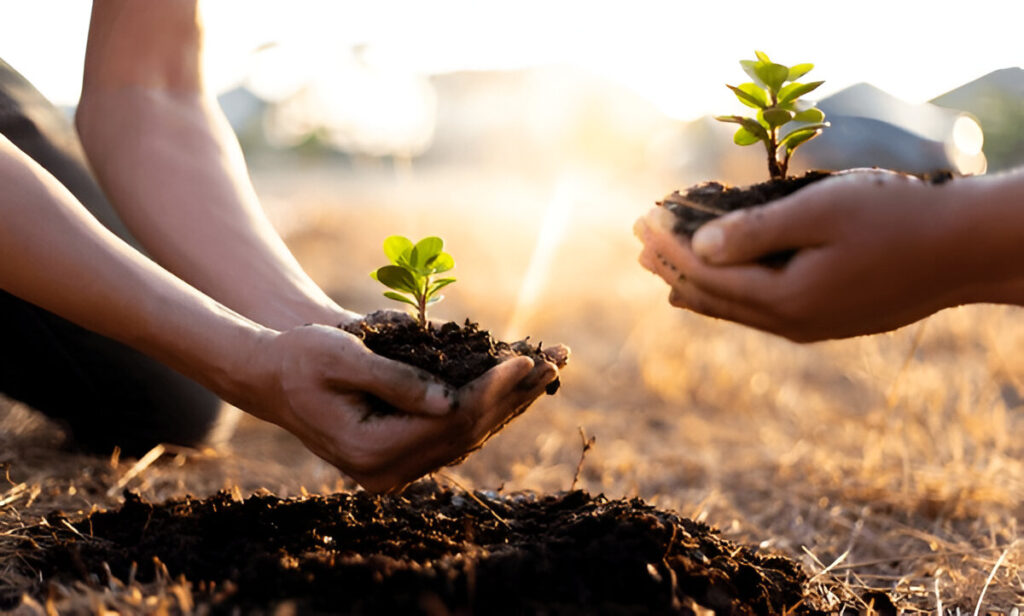Accepting Sustainability: The Influence of Sustainable Plants on Our Daily Lives
- 12-01-2025
- By Satish K
Introduction:
The idea of sustainability as a concept has become a topic of global discussion in the last few years and is increasingly becoming applicable to every aspect of human existence, including energy usage, farming, and more. A global setting that remains mostly underserved but could change everything about achieving sustainable living is the realm of botany. They make our environment look aesthetic and can also improve our health while at the same time assisting in the controllability of the environment relating to the general health of the public, promoting and supporting biodiversity. In this blog, we’ll discuss the advantages of using—and implementing—Sustainable plants in our houses and neighborhoods, as well as offer concrete guidance on how to select the right ones and take proper care of them.
Let’s Understand the Sustainable Plants
Organic plants are plants that grow naturally with little or no input from people and can be grown without the use of pests and diseases that are grown with chemicals. It is usually drought-tolerant and Pest-tolerant and can normally be grown without much attention. These plants play many important functions in producing benefits necessary for extending the percentage of biodiversity and the negative impact of some climate changes.
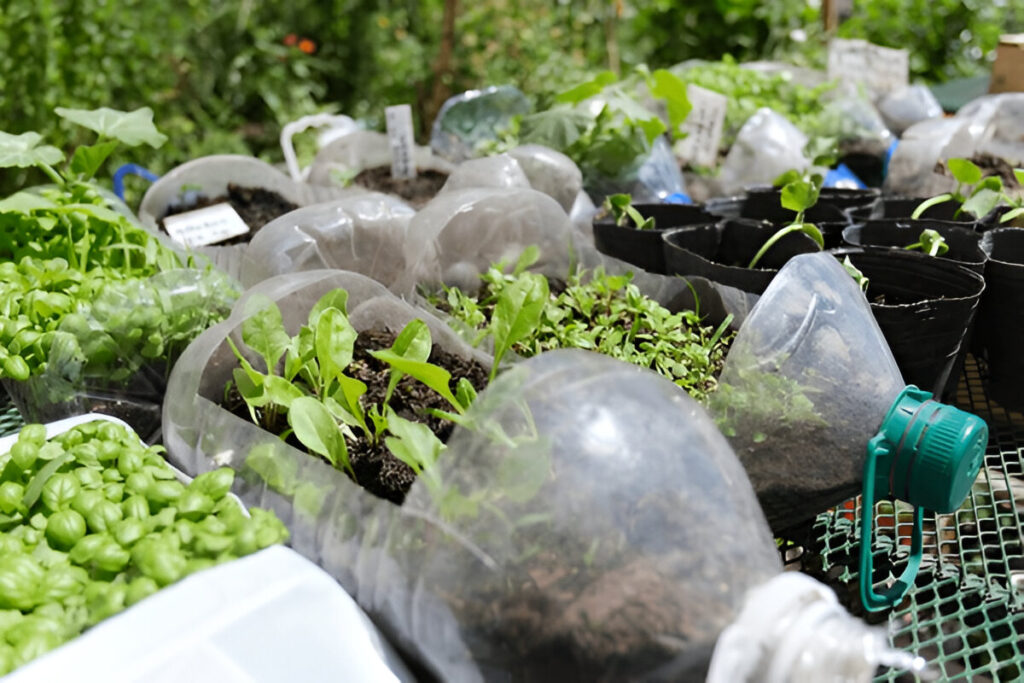
Let’s know why we have to Choose Sustainable Plants.
Environmental Benefits: Sustainable plants are less thirsty, least sprayed, and in some cases do not require fertilization and therefore little or no runoff and pollution. These excreta are useful in improving the soil’s health status and can reduce soil erosion in the process.
Biodiversity: Native plants provide a home to many local animals like birds, bees, and other pollinators by planting native plants. One of the benefits of a diverse garden is that many different kinds of animals are required to have a home.
Healthier Living: Most of the sustainable plants that can be grown indoors can filter the air inside the room. Furthermore, gardening is also healthy for individuals, as it will help manage stress levels and at the same time boost physical activity.
Resource Efficiency: Some of the sustainable plants might not require much maintenance to be done on them. For this reason, if you decide to plant drought-resistant plants you will be able to cut on water bills and therefore you will be environmentally conscious.
Choose the right Sustainable Plants.
When you’re choosing the plants for your garden or home, Take note of the following factors:
Native Plants: Work done on native plants can easily grow and maintain since they possess qualities that respond to the climate and soil in the given region. They are relatively easy to maintain by using less water as compared to those exotic species.
Drought-Tolerant Varieties: Search for plants that have characteristics that enable them to withstand dry spells, these include; Succulents, cacti, and some perennials. Most of these plants would require very little water meaning that they can be used for water-wise gardening.
Pest-Resistant Options: Certain crops have built-in protection mechanisms against pests hence little or no use of chemicals will be made. Think about using plants like marigolds because they repel pests that are damaging while attracting the good ones.
Edible Plants: Organic farming of fruits, vegetables, and indeed herbs can greatly reduce your carbon footprint and give you a ready and fresh supply of fresh produce.
Perennials over Annuals: They grow and reproduce backward, they do not require frequent replacement and therefore they cause little interference with the soil. They also are normally established to demand less frequent maintenance as compared to other gardening plants
Look into top Sustainable Plants to Consider.
Here is a list of sustainable plants that might improve your home, Balcony, terrace, and any outdoor area:
1.Lavender (Lavandula’)
Lavender is not only ornamental but is also a xeriscape plant, as well as a member of the mint family plants, and is pest-resistant. Lavender has shown the ability to attract pollinators and it has utility in different areas including culinary and medicinal.
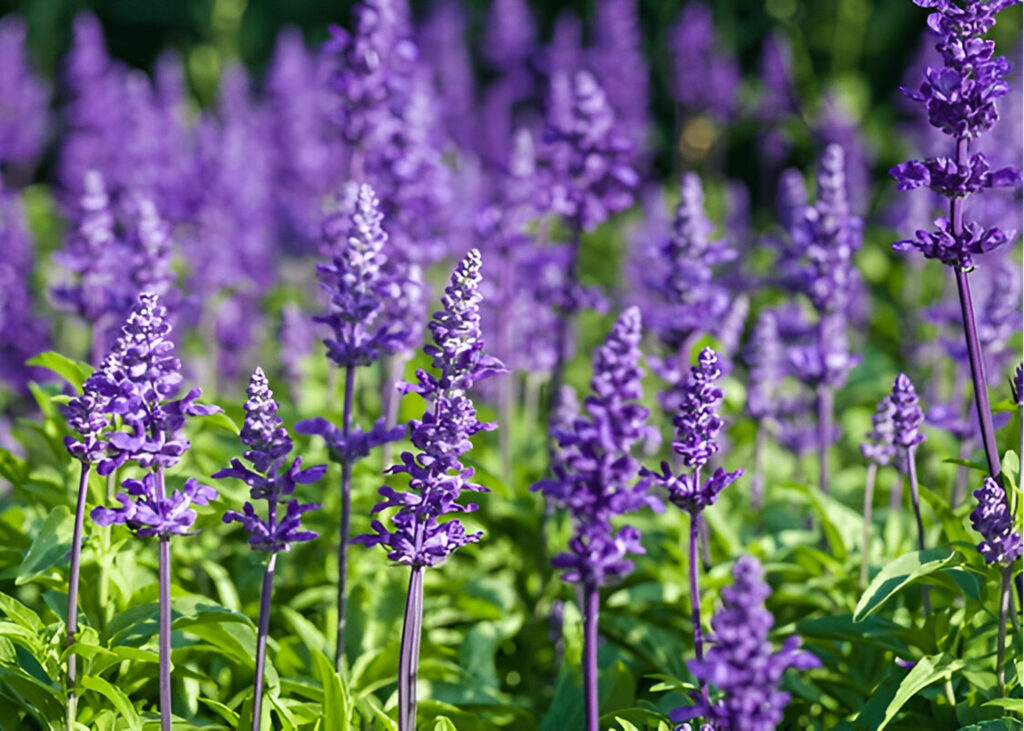
2. Echinacea (Coneflower’)
Echinacea is a herbaceous plant and grows best in regions where it can be planted and grown completely in the sun. It is widely used for its pharmacopoeial properties it attracts butterflies and bees to it and gardeners consider it their favourite.
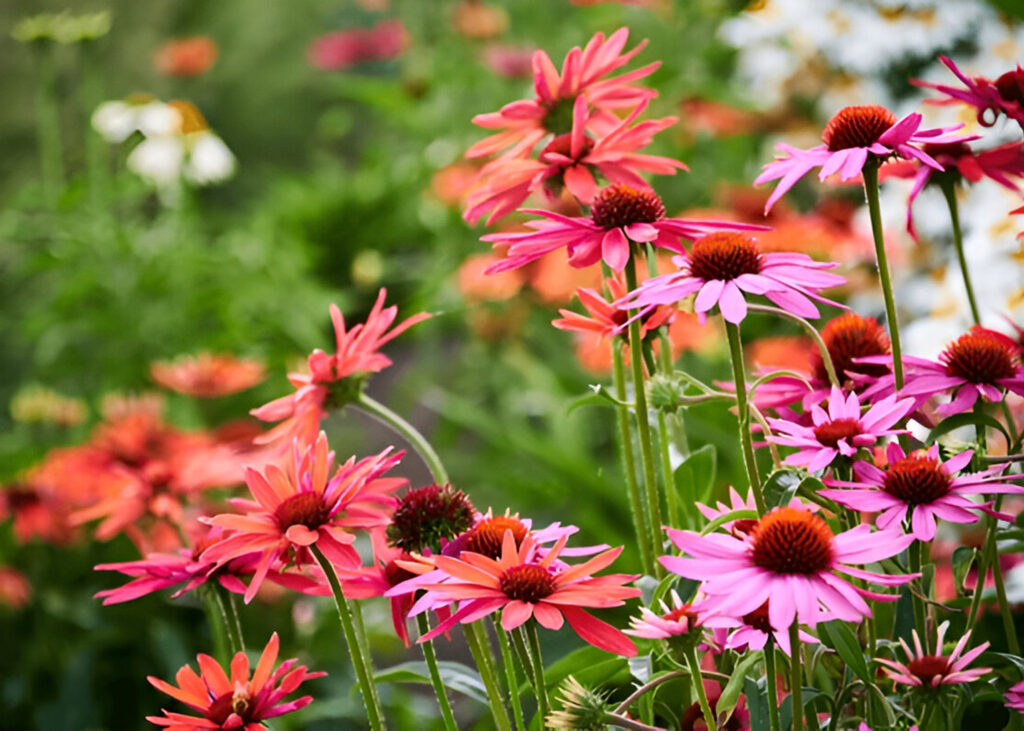
3. Sedum (Stonecrop)
Sedums are water-storing succulents that have adapted to drought conditions in the world’s desert regions. Varieties exist in different sizes and forms and may be suitable for rock gardens or green roofs.
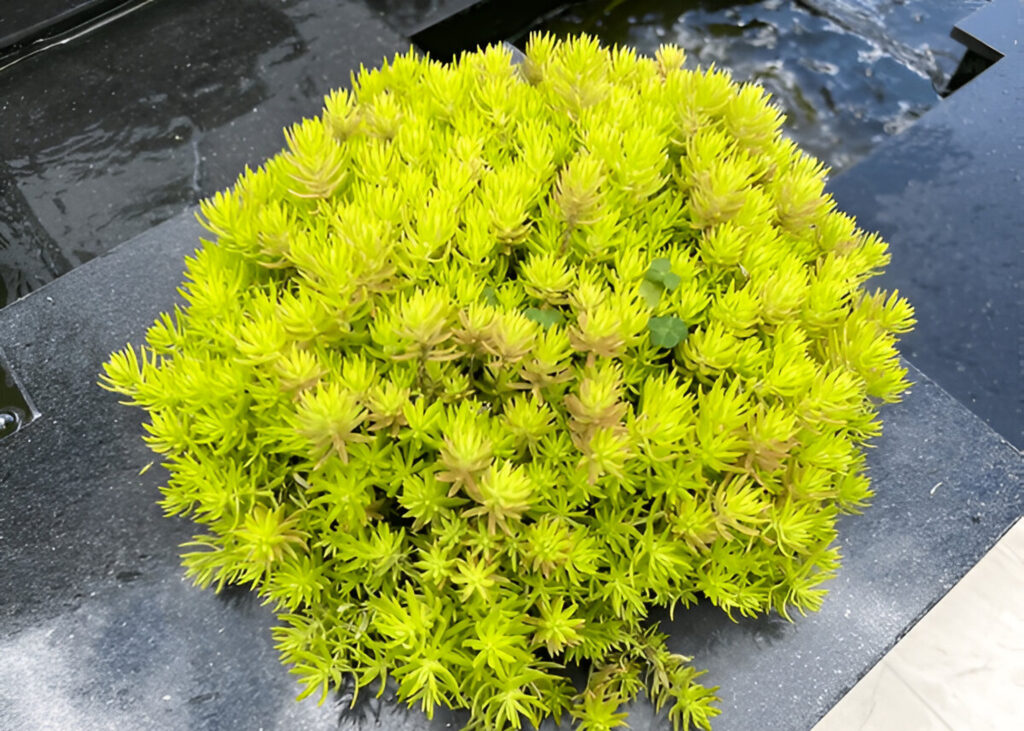
4. Black-eyed Susan (Rudbeckia)
These brightly colored flowers look great in the garden and are not very demanding in care, and they need no encouragement to invite pollinators. They bloom from midsummer until the frost comes, making them great plants for a continuing show of flowers in the garden.
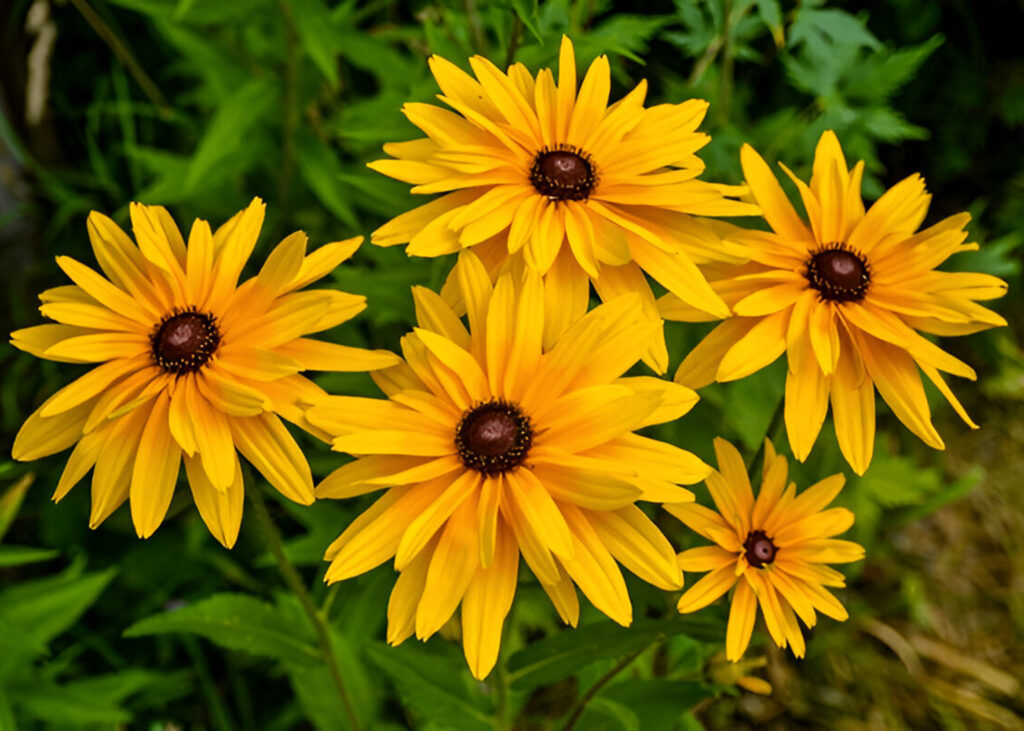
5. Herbs like Thyme & Rosemary
Herbs are not only good in the kitchen but are also beautiful to have in your garden. Herbs, in general, do very well in drought conditions and are even able to grow in less-than-healthy soil
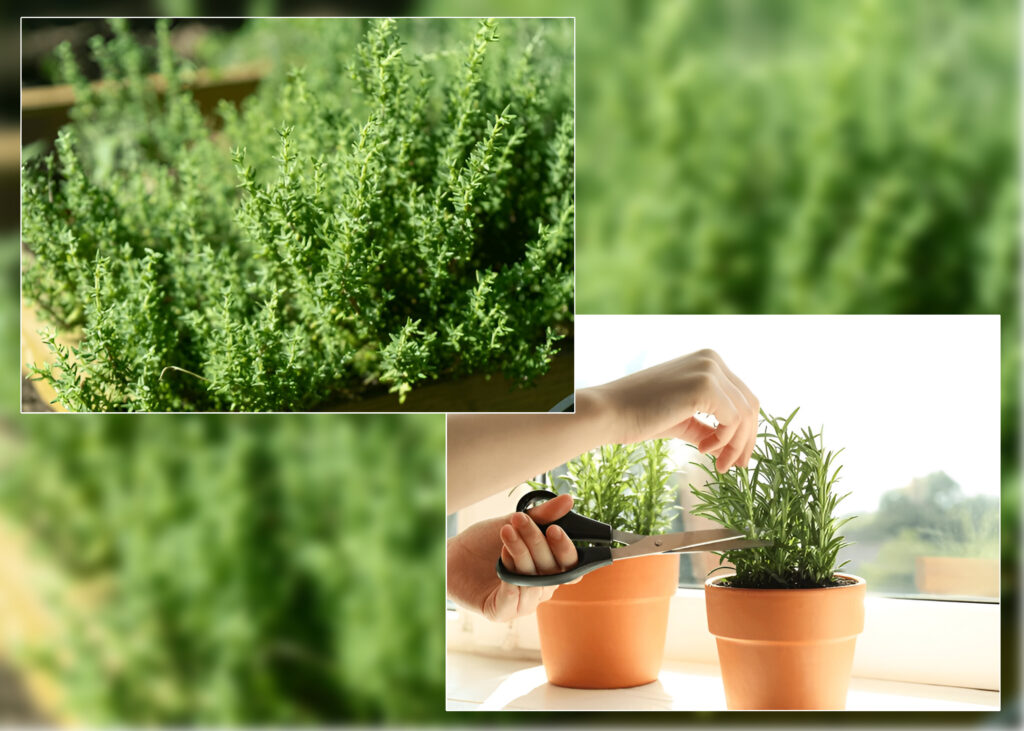
Know How to Create a Sustainable Garden
Sustainable gardening is not about what species to grow, but it is about building the right environment for plants, animals, and people. Here are some strategies to consider:
Soil Health: For its improvement, ensure you use organic compost and mulching on your soil. Healthy soil leads to healthy plant growth, thus minimal or no use of chemicals on them usually fertilizers.
Water Conservation: Conduct rainwater management practices, and use effective irrigation techniques such as use of drip irrigation. It helps in the watering process because similar plants should be grouped so that they can be watered at the same time.
Companion Planting: This involves the practice of growing one or more species together to improve their growth, and reduce pest attack and space utilization. For instance, growing tomatoes together with basil increases the tomatoes’ taste and it also acts as an insect repellent.
Seasonal Planting: This is because the planting patterns should be changed and the planting of crops arranged in a manner that they harvest during different seasons.
Community Involvement: Ensure your relationship with your local people is healthy so that you can exchange what you have learned, any item that you have with you or plant that is needed around town. Through increasing the usage of communal lands for gardening, community gardens are also good indicators of sustainable development as well as interaction between neighbors’.
Check the sustainable Plants for Indoors
Sustainable plants aren’t limited to outdoor gardens. Many indoor plants can enhance your home environment while being kind to the planet. Consider the following:
Snake Plant (Sansevieria):
Well adapted to grow in low light, this shade-tolerant plant is also famous for its ability to clean the air.
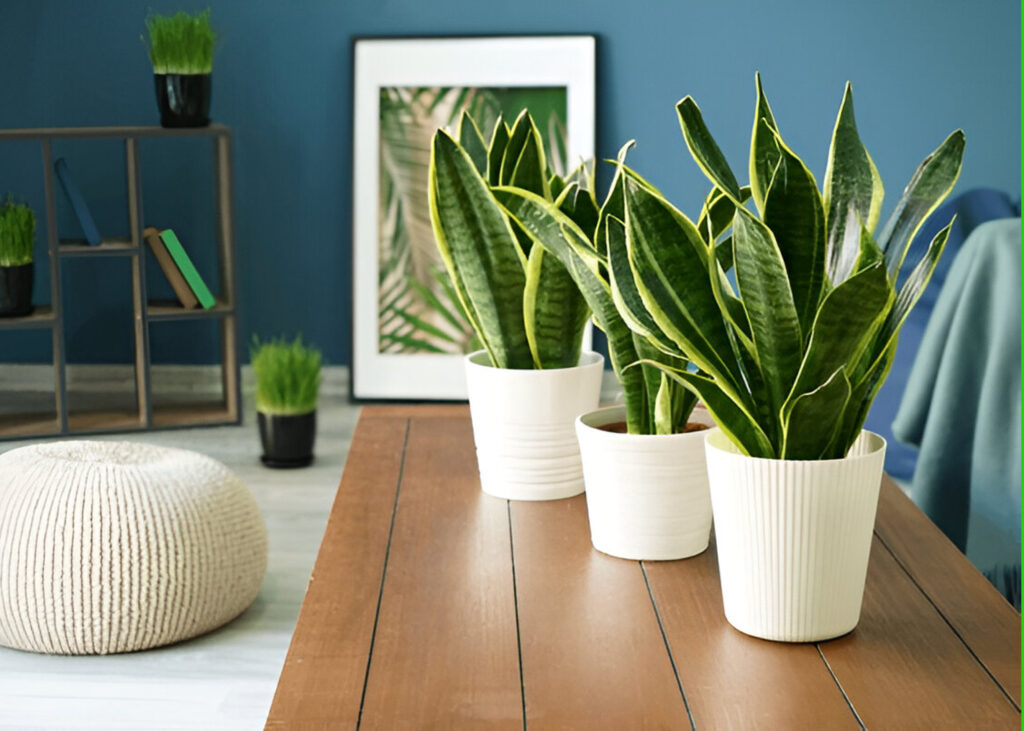
Pothos (Epipremnum aureum):
Pothos is a low-maintenance plant that can survive in less than the best conditions. It is also very effective for enhancing the quality of air inside the home.
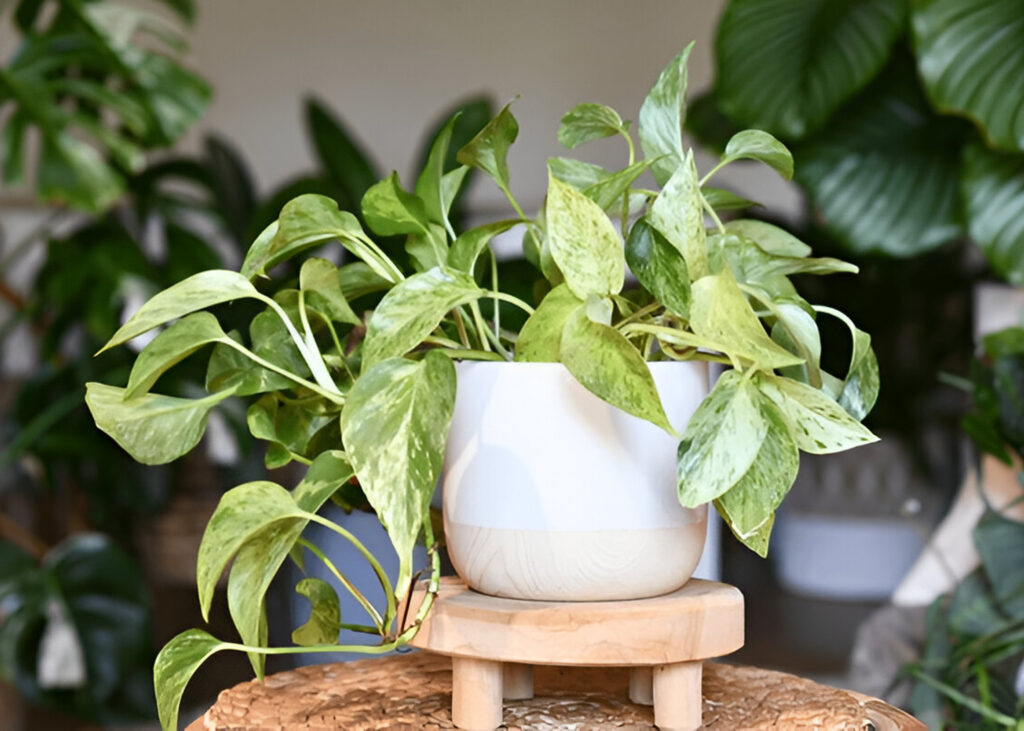
Spider Plant (Chlorophytum comosum):
Spider plants are fairly hardy and create little spiderettes, which can be easily rooted, so they are an environment-friendly option to grow at home.
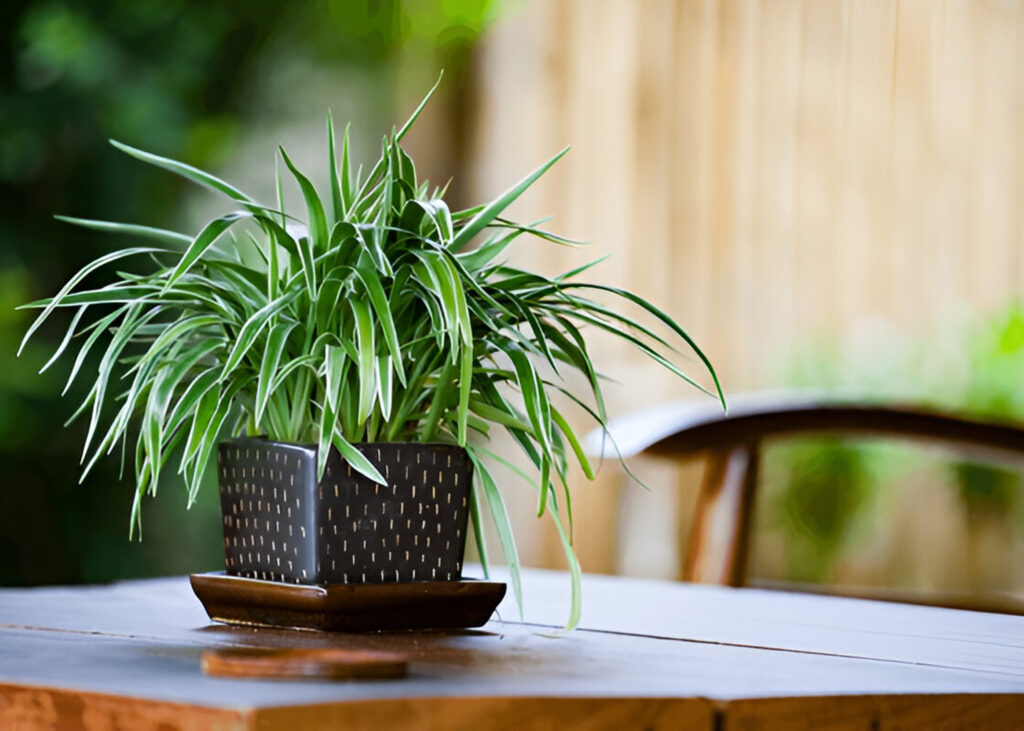
Peace Lily (Spathiphyllum):
Apart from being a captivating plants, the peace lily has the added advantage of purging some toxins from the air, good for both homes and workplaces.

ZZ Plant (Zamioculcas zamiifolia):
This plant can be grown under any condition, and it is famous for its tolerance to negligence; hence, it can be grown by people with little time to care for it.
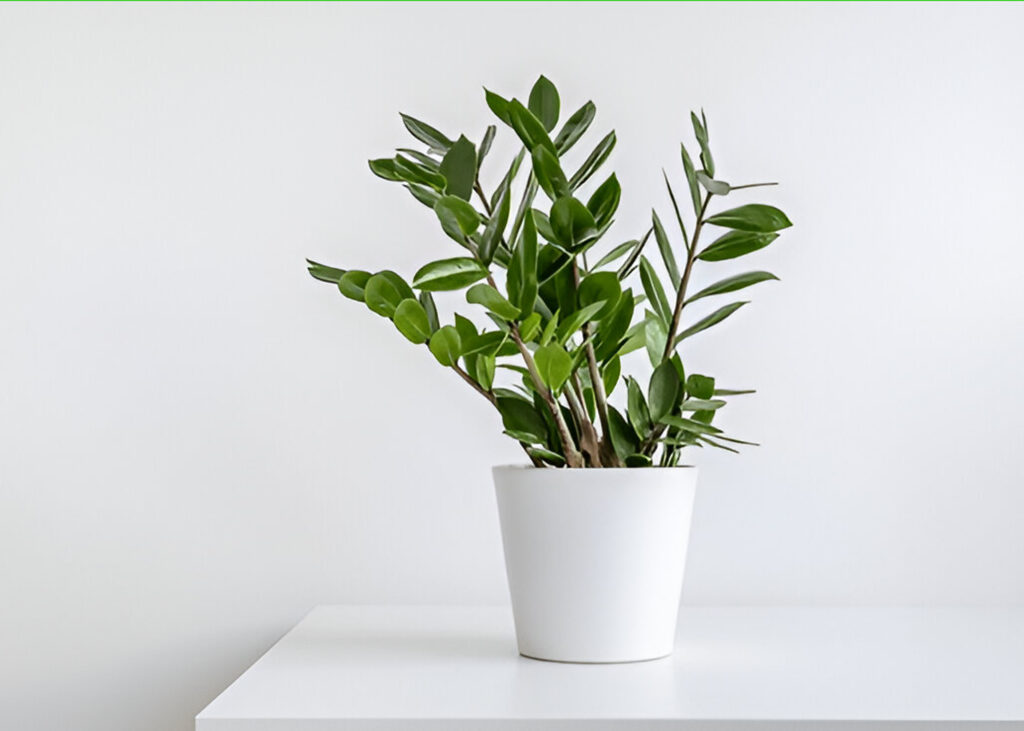
Get a Conclusion on Sustainable plants
Introducing green plants into your life is a noble process that enriches your life and the world we live in. Habitat gardening enables the client to exercise an increased amount of control over the kind of plants grown in their yard, hence improving their welfare by accommodating multiple species while minimizing the impact of their actions on the earth’s environment. Regardless of whether bridging a gap in a garden, enriching your inside environment, or contributing to community projects, the effect of sustainable plants speaks volumes.
Therefore, let us start with sustainable living one plant at a time—and every little green counts! While taking care of these plants, we are also building relationships with the earth and people and a more sustainable environment.
Quick Links
Contact us
Botaniclay and Bricks LLP
- Home
- About us
- Contact us
- Our Gallery
- Landscaping
- Interior Design
- Construction
- Other Services
- No258/2, Bagaluru to sathanuru Main Road Bengaluru, Karnataka-562149
- +91 7543 977 177
- [email protected]

